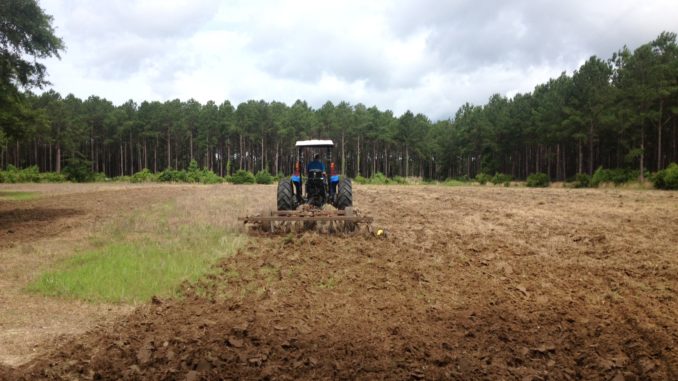
Summer should be beginning of fall deer success
The summer heat often fails to deliver warm, fuzzy feelings about this fall’s deer season. Yet few people get ready for a dream fishing trip to the Seychelles or start buying Christmas presents on Dec. 25, either.
Preparation is the key for any major event on the calendar, a spot deer hunting holds for a lot of hunters in the Carolinas. Sure, the time for planting fall food plots is several months down the road, but June is a perfect time to start making preparations.
While food plots aren’t always in every hunter’s playbook, if they have the capabilities and control of the land, they should invest time and money in them. The benefits extend beyond just a possible place to shoot a deer. They offer wildlife a solid food source for an extended period of time. A constant food supply can be crucial in the fall.
Deer are habitual creatures for most of the year, easily patterned on a day-to-day basis. However, the breeding season changes everything, and deer that followed a steady pattern will soon change their travel plans. Hunters can help offset the irregularities with a solid food source that produces from August through the last week of the season. Food plots can help regulate and acclimate deer to a certain area, but the placement of fall plots an the actual geographic location can be just as critical to what is planted.
Typically, most food plots are planted in places already under cultivation. While old food plots can be good places to break dirt again, other alternatives should be explored to make sure the time and money is spent at the right address.
The soil type, drainage class and soil chemistry will make or break a food plot. Areas destined for food plots should be chosen wisely. Areas that flood frequently, have high acid soils and are super dry should be avoided. However, if these sites are located in premium locations, land managers can modify these sites partially to correct some of these issues, such as installing drainage features on wet sites and rigorous lime applications on highly acidic sites. The time to begin should be right now, long before its time to put seeds in the dirt.
Timing is the deal
Not only do fall food plots provide beneficial nutrition to resident wildlife, they should be capable of attracting wildlife at the right moment during deer season. The plot’s location across the land can be critical to it being productive for hunting.
Quite often, food plots are planted along roads or in other highly traveled places because of the location of available open spaces. These plots can provide wildlife with adequate nutrition — but at the wrong time of day. These areas can provide enough disturbances during the day to allow crops to mature; they don’t always double as a good hunting plot, however, because deer will often use these areas more at night than during the day. Deer learn to visit these at night and find other places to forage during the day. Having deer visit a hunter’s masterpiece only at night is not exactly what they expected from the $2,000 of fertilizer, lime and premium seed.
Hunters can use trail cameras as plot watchers to find out when deer and other wildlife are munching on their hard work. By using them, hunters can find out when deer are visiting to food plots and when they get the most use.
Every hunter needs a shooting plot, and they are better suited for places with wooded protection on all sides. They should also be avoided as much as possible to allow deer to freely come in and feed throughout the day until the season arrives without any unnatural disturbances, which can include erecting stands and trimming out shooting lanes. Stand preparations along shooting plots should be finished during the summer, long before food plots are ever established — and that time is now.
Put up stands on bean, peanut fields:
Hunters should thank their local farmers when peanuts and soybeans are on the horizon, because deer absolutely love these forage foods. And by August, these fields are littered with deer every morning and afternoon. The last thing a hunter should do is take off into these fields during August or September to erect a new stand and to trim out shooting lanes. It may not run off subordinate bucks and does early in the year, but it sure will get the attention of a mature buck when hunters show up making a lot of racket!
When hunters observe peanuts and soybean crops within their hunting leases, they should go ahead and make those preparations to set up stands in June long before the deer really start using these fields in the late summer and early fall.

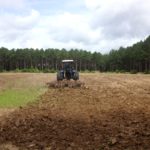
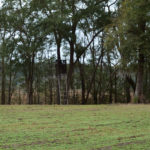
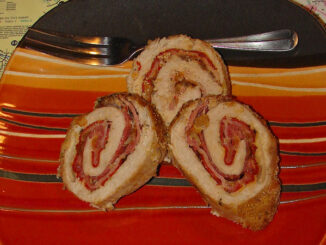
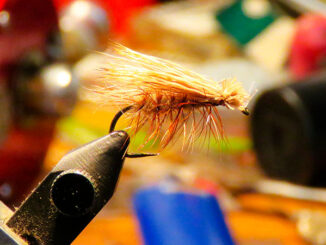


Be the first to comment